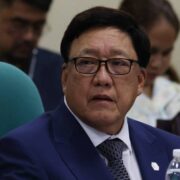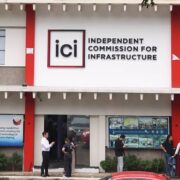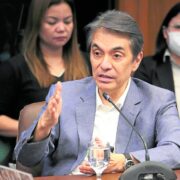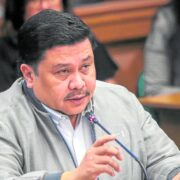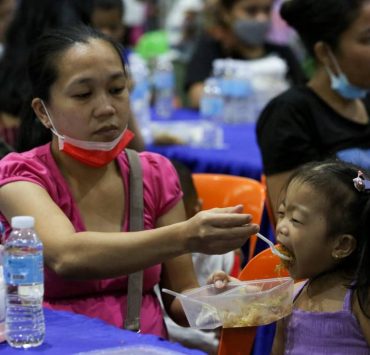Reclaiming instructional time
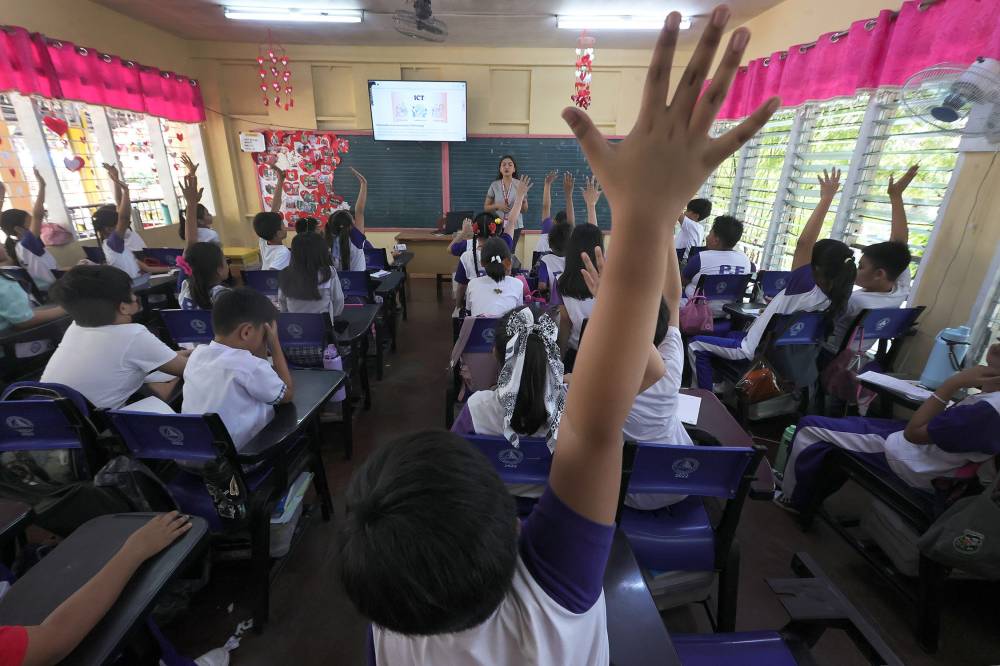
In my 15 years of teaching, I have never encountered a perfect school year in which we completed 180 days of contact time required by policy. Last school year alone, the Philippine Institute for Development Studies (PIDS) reported that an estimated 53 teaching days were lost, 32 days due to calamities, including days when high heat kept students from school. Twelve days were lost due to nonteaching tasks, while the rest were lost because of local holidays, extracurricular activities, and conflict. This is equivalent to almost three months of teaching. With a new school year upon us, it’s only right that we pay attention to this pervasive issue of instructional time.
Instructional time is learning time. It makes sense that we protect this, but systemic and teacher factors are at play so it warrants a longer discussion. But allow me to focus on just these: nonteaching tasks and the weather.
Nonteaching tasks. Teaching time being hindered by nonteaching tasks has been an enduring problem for teachers. While grateful to the Department of Education (DepEd) for removing our ancillary tasks, we are still waiting for staff to be hired and deployed to our schools to fully experience the “freedom” that this policy should be able to provide. Until then, we have no choice but help with tasks that we now have to do informally (or even secretly) because, on paper, we are not supposed to be doing them anymore.
However, ancillary tasks are usually assigned to only a few teachers. What affect the instructional time of most teachers are the reports and data we have to submit, which are almost always urgent. This requires better coordination within DepEd to streamline reporting and data collection processes. DepEd must find an efficient way to issue memos that need immediate attention so we do not use teaching time scrambling to collect the needed information from our students.
Weather and instructional time. When schools reopened in school year 2022-2023, we were greeted by intense heat in April and May. We did not expect it, and were unprepared. Classrooms have poor ventilation and insulation, and we’ve had reports of students having nosebleeds or collapsing because of the heat. Teachers were requested to wear more comfortable and breathable clothes, and held shortened periods and asynchronous classes.
If only DepEd had anticipated this, it would have planned and moved the school calendar even before school year 2023-2024 started, affecting only one school year. DepEd has since taken steps to prevent this from happening again, with the current school year starting July 29 and ending April 15, 2025.
However, it is too early to know if moving the school year back to June would lessen the loss of instructional time, as then we’d have the rains and floods to contend with. It is frustrating when only half (or even less) of the class make it to school after a regular downpour even without any announcement on class suspension. I would then have to change the lessons I had prepared for that day. If it rains for consecutive days, I would have to reteach half of the class. Parents would say they don’t want to risk their kids getting sick and I can’t blame them, given poor nutrition and thus poor resistance among some children.
With climate change, we will always have extreme weather conditions that will affect instructional time. Resorting to modules, as we know, is problematic.
Unless we improve children’s reading skills and guarantee guidance and support at home, modules will remain unread and unanswered (or answered by parents), and will not necessarily add to the students’ learning time. Moving the school calendar may help, but ensuring our kids are healthy enough to withstand weather conditions is also important. This will be a challenging fix, but it can be a long-term solution.
It is unlikely that we’d have a perfect school year without disruptions. Reclaiming instructional time is a complex challenge, but it is essential in ensuring that students learn and can fully benefit from their time in school.
Sabrina Ongkiko is master teacher at Culiat Elementary School and program director at the Center for Integrated STEM Education. She is also an active participant in the consultations of the Second Congressional Commission on Education tasked to assess the country’s education sector, and will recommend policies and laws for its improvement. More information can be found at www.edcom2.gov.ph.




